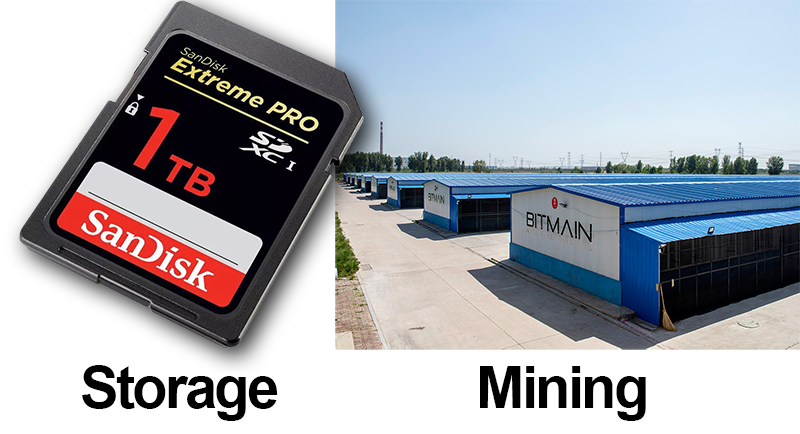
At this point, the story is ancient history. The August 2017 fork creating BCH and the following market action were basically the conclusion of what some people called "a debate in the community" as to how big bitcoin blocks should be. In the earliest days it was thought that the 1MB block limit was just a temporary condition to minimize the effects of spam. The conclusion which everyone agreed to in the end: on BTC they should stay small. The arrival of this decision has been roundly praised as "bitcoin maturing" and has encouraged further investment. But why? Why small blocks? Well some people asked me so here's a brief review.
- Scaling
One issue is "how can we get a billion people using public coin" ? Clearly, we need a way (for those of us so poor that we need to use money) to improve our lives by moving to publicly issued currency. This way we can avoid the unmitigated disasters that arise when we allow the bad guys to issue as much money for themselves as they like. But with billions of people, won't the block chain be simply too big to work? Bitcoin as a single coin can't possibly hold all that commerce. Well yeah. That's why we have a million different coins. Scaling will be accomplished with so-called "altcoins", and this will be encouraged by limiting the space in the 1st public coin. Smallblockism is an acknowledgement that scaling will proceed via altcoins. - Keep the price low
One of the biggest issues with the adoption of public coin is that markets are notoriously fickle. Big money is always dumb in markets, because dumb is the crowd and big money follows the crowd (index funds anyone?). To make matters worse, markets drive our behavior and can prevent us from enjoying a smooth transition away from a world economy based on counterfeiting.
One potential such problem is that markets might drive all the value into a single coin, clearly an unstable situation. Fortunately, there are a number of factors that prevent the unchecked rise in value (and subsequent fall) of a mineable public coin.
The first is that coins are mined on the regular and hence provide some selling pressure to the market. Sure, the original bitcoin protocol chose an incredibly front-heavy money supply curve (geometric) and so this sell pressure of miners dwindles quickly (halves every 210k blocks), but it is still something.
The situation is a bit like a hydra, which might show stronger development if it is pruned via a decaptiation early in its life. The small block limit effectively cripples the BTC head of the hydra, and while it remains the largest head of the public coin hydra, much commerce and value is forced into other appendages.
The large fees required to get into small blocks will also force commerce into other chains, again helpting to keep the price of the BTC token down. - Fight Monoculture and Tribal Maximalism
Sadly many people are somehow duped into a "there can only be one" theory of money. Ensuring that BTC has small blocks easily eliminates this kind of thinking.